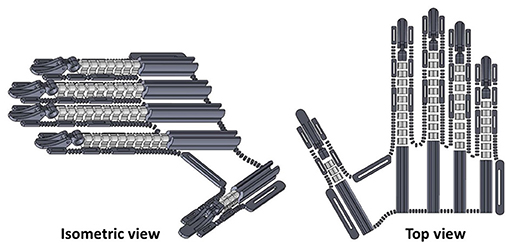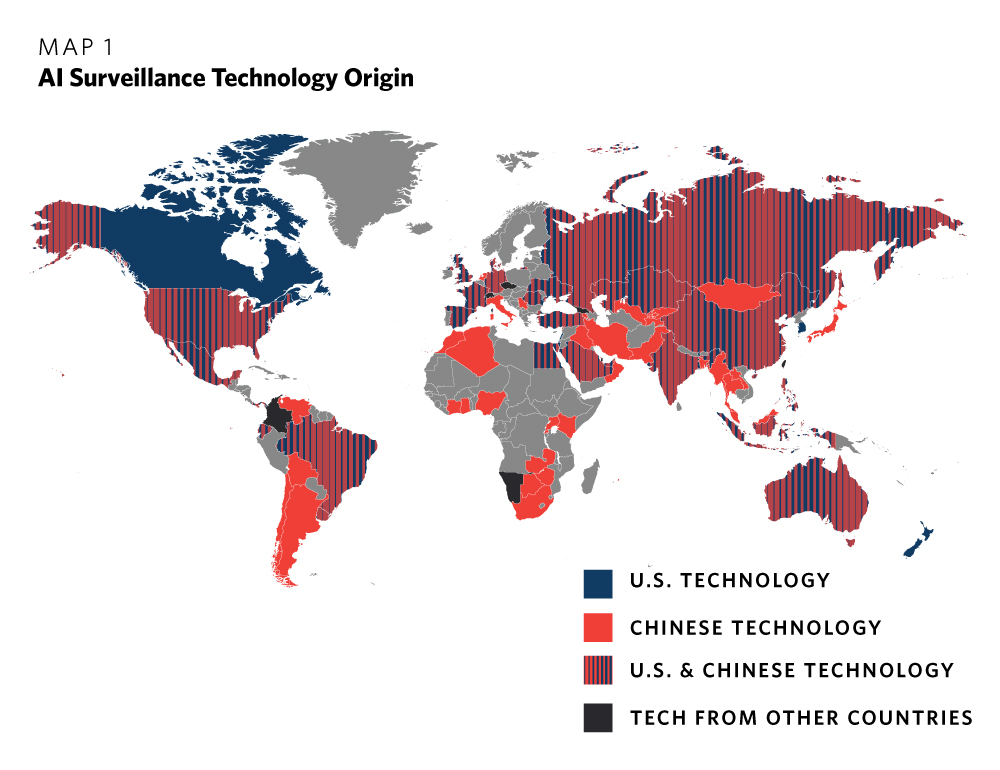
How AI-Powered Exoskeletons are Redefining Mobility
The advent of technology continues to amaze us, and one of the most groundbreaking developments I’ve come across recently is the AI-powered exoskeleton created by researchers at North Carolina State University and the University of North Carolina at Chapel Hill. This innovative device promises not only to enhance mobility for those with challenges but also to revolutionize athletic performance as we know it. As technology integrates more seamlessly into our daily lives, this exoskeleton represents a future where physical limitations can be dramatically reduced.
Groundbreaking innovation in mobility assistance.
A Game-Changer for Mobility
Imagine a world where those suffering from mobility issues can move with greater freedom and comfort. This new exoskeleton effectively makes users feel as if they’re shouldering 26 pounds less than they actually are. For athletes, this could mean the difference between an exhausted performance and a record-breaking achievement. Daily activities such as walking, running, or even navigating stairs could transform into seamless tasks, fostering independence in a way that hadn’t been conceivable before.
In my opinion, exoskeletons like these should not just remain a marvel of research but should be pushed into practical real-world applications where they can significantly uplift conditions for various user demographics.
The Technology Behind the Marvel
The functionality of this exoskeleton is rooted in cutting-edge technology that utilizes sophisticated digital twin simulations. These simulations allow for the digital representation and learning of both humans and machines through countless iterations to optimize mobility assistance. Imagine the potential: machines learning in real-time, adapting to users’ movements, truly enhancing human capability.
“Our mission is to improve human mobility and health,” says Hao Su, Ph.D., associate professor at North Carolina State University and a leader in this field.
With this AI algorithm still in development, we are on the brink of a technological breakthrough that might redefine what it means to assist someone who has difficulty moving.
Adaptive and Versatile Assistance
What’s fascinating about this exoskeleton is its versatility. It responds dynamically to various physical activities, whether it’s walking, running, or tackling staircases. Equipped with a learned controller, it discerns different user patterns with seemingly magical accuracy.
 Demonstrating the adaptability of the technology in action.
Demonstrating the adaptability of the technology in action.
As someone who has observed technology in sports settings, I find this adaptability incredibly promising. My brother, an amateur athlete, often talks about the challenges of optimizing his performance. If he could benefit from a device that responds intuitively to his needs, the possibilities are endless. This technology could provide a unique advantage on the field that was previously reserved for only the most elite performers.
Impressive Results
The experimental outcomes of this exoskeleton do not disappoint. Reports indicate it has achieved significant reductions in metabolic costs—24.3% for walking, 13.1% for running, and 15.4% for stair-climbing. Such reductions are groundbreaking when considering the demands placed on individuals attempting to conquer daily physical challenges. In my experience, any advance that reduces effort while improving performance is one to highlight.
Accessibility and Future Possibilities
Now, let’s talk cost. While the exoskeleton currently stands at a price range of $50,000 to $120,000—a steep investment for many—there’s potential for significant price reduction. Dr. Su mentions an ambition to bring prices down to about $1,500 to $4,000 in the near future. This is a critical step towards making this technology accessible to a wider audience.
I often reflect on how technology evolves to accommodate more users over time. Take smartphones, for instance, which used to be a luxury but are now part of everyday life for billions. The same transformation must happen for these exoskeletons; it’s more than just making them affordable—it’s about making them widespread to benefit those in need.
 Innovative designs are key to making technology accessible.
Innovative designs are key to making technology accessible.
Conclusion
The introduction of an AI-powered exoskeleton heralds a new era in mobility assistance. The potential to save energy, enhance performance, and promote independence is nothing short of inspiring. As advancements continue to unfold in this space, it’s crucial that we focus on both lowering costs and enhancing technology to make it accessible for everyone. The journey ahead is ripe with possibilities, and I, for one, am excited to see where it leads us.
As we allow technology to bled with our daily lives, we pave a path for a more inclusive future where everyone can thrive, regardless of their physical limitations.















